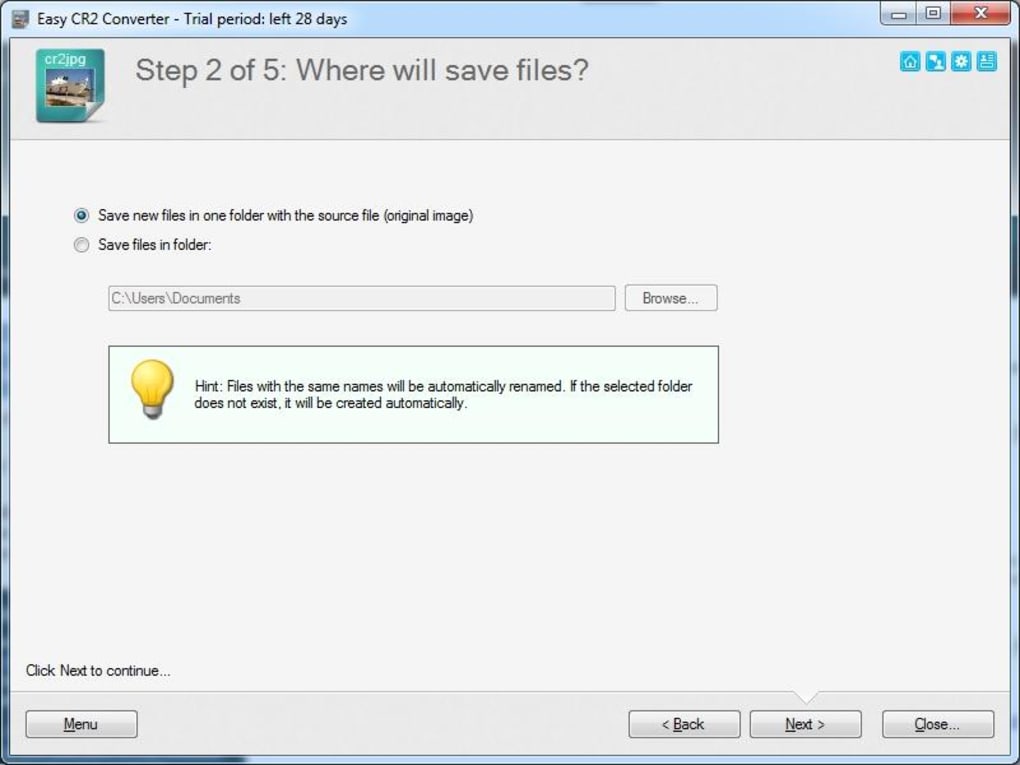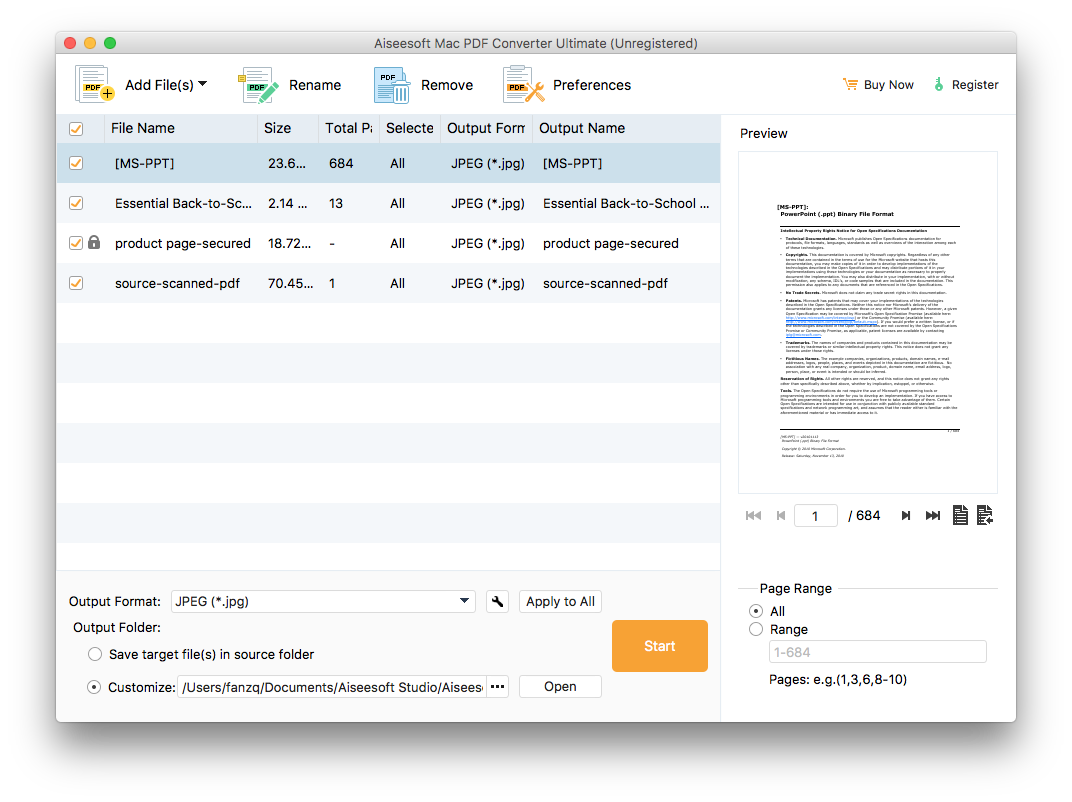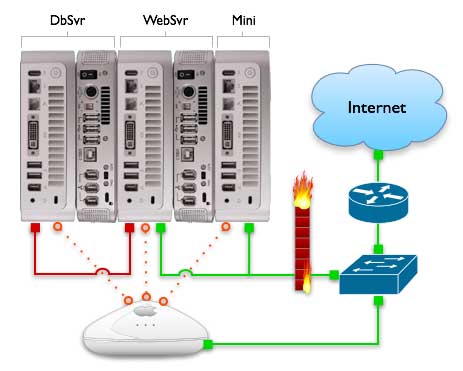Works Database Converter (20052009 For Mac
9.0 / September 28, 2007; 11 years ago ( 2007-09-28), Website Microsoft Works was a developed by and sold from 1987 to 2009. Works was smaller, was less expensive, and had fewer features than or other major office suites. Its core functionality includes a, a and a. Later versions had a calendar application and a dictionary while older releases include a. Works was available as a standalone program, and as part of a namesake home productivity suite. Because of its low cost ($40 retail, or as low as $2 ), companies frequently pre-installed Works on their low-cost machines.
- Works Database Converter (20052009 For Mac Pro
- Works Database Converter (20052009 For Mac Mac
- Works Database Converter (20052009 For Mac Download
Contents. History Microsoft Works originated as MouseWorks, an integrated spreadsheet, word processor and database program, designed for the Macintosh by ex-Apple employee Don Williams and Rupert Lissner. Williams was planning to emulate the success of, a similar product for Apple II computers.
However, Bill Gates and his Head of Acquisitions, convinced Williams to license the product to Microsoft instead. Initially it was to be a scaled-down version of Office for the (then) small laptops such as the Radio Shack which Microsoft was developing. As laptops grew in power, however, Microsoft Works, as it was to be called, evolved as a popular product in its own right.
Works Database Converter (20052009 For Mac Pro
On September 14, 1987, Microsoft unveiled Works for DOS. The initial version 1.x of Works ran on any PC with at least 256k of memory.
Works 2.x, introduced in 1990, required 512k and 3.x, introduced in 1992, required 640k. In 1991, Microsoft issued the first Windows version of Works, titled MS Works for Windows 2.0 (there was no version 1.x). System requirements consisted of Windows 3.0, a 286 CPU, and 1MB of memory. Works 3.x in 1993 moved to requiring Windows 3.1, a 386 CPU, and 4MB of memory. Subsequent releases were for Windows 95 and up and the final version was Works 9.x in 2007, requiring Windows XP or Vista, 256MB of memory, and a Pentium 4 CPU. In addition, Microsoft released Macintosh versions of Works starting with Works 2.0 in 1988. The version numbering roughly followed that of Windows releases.
Through version 4.5a, Works used a whereby the Works and / documents ran in of the same program interface. This resulted in a small memory and disk footprint, which enabled it to run on slower computers with requirements as low as 6 MB of RAM and 12 MB free disk space. In addition, it provided a mini version of Excel for DOS systems as a DOS version of that program was not available. Works 2000 (Version 5.0) switched to a modular architecture which opens each document as a separate instance and uses the print engine from. Best uml tutorial.
Version 9.0, the final version, was available in two editions: an advertisement-free version, available in retail and for OEMs, and an ad-supported free version (Works SE) which was available only to for preinstallation on new computers. In late 2009, Microsoft announced it was discontinuing Works and replacing it with. Features. This section needs additional citations for. Unsourced material may be challenged and removed.
(April 2017) Microsoft Works has built-in compatibility for the Microsoft Office document formats ( DOC and XLS), including, but not limited to, the ability of the Works Word Processor to open documents and the ability of the Works Spreadsheet to open workbooks. Newer versions include task panes but do not include significantly updated features. Even in the final version (Version 9.0), the -era icons and toolbars were not updated to make them consistent with later application software. While its utility for larger organizations is limited by its use of native. WKS (spreadsheet),. WDB (database),.
WPS (word processor) file formats, the simplicity and ease of integrating database/spreadsheet data into word processor documents (e.g., ) allow it to remain an option for some small and home-based business owners. Version 4.5a is particularly noted in this respect. The database management system, while a ' (i.e., non-) allows the novice user to perform complex transformations through formulas (which use standard algebraic syntax and can be self-referential) and user-defined reports which can be copied as text to the clipboard. A 'Works Portfolio' utility offers -like functionality. By installing the Compatibility Pack, the Works Word Processor and Spreadsheet can import and export document formats, although they are converted rather than being operated upon natively. The Works Calendar can store appointments, integrates with the, as well as Address Book's successor, Windows Contacts, and can remind users of birthdays and anniversaries.
It supports importing and exporting (.ICS) files. It does not, however, support subscribing to iCalendar files or publishing them online via. Up to version 8, using the Works Task Launcher, the calendar and contacts from could be synchronized with portable devices. In Works 9.0, the sync capability has been removed. File format compatibility Microsoft makes file format conversion filters for for opening and saving to Works Word Processor format. Microsoft Office Excel can import newer Works Spreadsheets because the newer Works Spreadsheet also uses the Excel format but with a different extension (.xlr).

There is an import filter for older Works 2.0 spreadsheet format (.wks); however it may be disabled in the registry by newer. As far as Works Spreadsheet 3.x/4.x/2000 (.wks) and Works database (any version of.wdb) files are concerned, Microsoft does not provide an import filter for Excel or Access. There are third party converters available for converting these filetypes to Excel spreadsheets: For database files (.wdb) there is also a donateware utility; for spreadsheet (.wks) and database (.wdb) files a commercial solution is available. A general library, libwps, can extract text from many different versions of Microsoft Works., and have included libwps. Libwps also provides a command line converter. One commercially available solution for converting to and from Microsoft Works files on the Macintosh platform is the MacLinkPlus product from. Free online conversion services are also available.
Works Database Converter (20052009 For Mac Mac

Version history. Retrieved 21 July 2016. Inc, InfoWorld Media Group (28 July 1986). InfoWorld Media Group, Inc.
Retrieved 21 July 2016 – via Google Books. By Stephen Manes, Paul Andrews, Page 328. Tina (29 April 2009). Retrieved 11 November 2012. Fried, Ina (2008-04-18). Retrieved 2013-06-15. Retrieved 21 July 2016.
Retrieved 21 July 2016. Retrieved 21 July 2016. Retrieved 21 July 2016. Ziem, Andrew (19 August 2006). Usenet; gmane.comp.lib.wpd.devel. Retrieved 2006-08-27. Retrieved 21 July 2016.
Bantle, Ulrich (13 December 2007). (in German). Retrieved 4 December 2012. Retrieved 21 July 2016.
Retrieved 2013-06-15. Retrieved 2013-06-15. Retrieved 2013-06-15.
Retrieved 2013-06-15. Retrieved 2013-06-15. Retrieved 2013-06-15. Retrieved 2013-06-15.
Retrieved 2013-06-15. Retrieved 2013-06-15. Retrieved 2013-06-15.
Retrieved 2013-06-15.
On XP Professional SP2. Is your computer well maintained?
Have you run a defragmentation lately? How about ScanDisk? Do you have registry repair software? The problems your having could be a maintenance problems. Do these tasks before you go any further. Especially the registry repair and ScanDisk. You are backing up your data to CD/DVD aren't you?
You might consider some form of duplication/redundancy for your data storage. With this much data you might consider a external hard drive. Even on line storage might be a good idea. Look into these options. Do we have a time critical problem here?
Works Database Converter (20052009 For Mac Download

If so, you might wish to seek out a local source of expertise to solve your problem. I believe you should get a number of opinions about your problem. Get lots of information and possible solutions before you give up. Actually, I did do a defrag, scan disk, and all that clean up stuff just about 2 weeks ago - just did a defrag again. Will do the scan disk again. I don't think I have registry repair software - at least if I do, I don't know what or where it is!!!
Have been backing up to a CD/DVD regularly (fortunately!!!) Went to the Virtual Settings like you said and it says 'A paging file is an area on the hard disk that Window uses as if it were RAM' Total paging file size for all drives 2046 MB - is that the info you need. First go to your task bar a the bottom of your screenright click itchoose tool barchoose desk top. Now you should have something new on your task bar.
Next to this new item there's a section with some direction arrows on itclick this, go to computerchoose C: driveright click on it choose propertiesclick itnow choose the 'tools' tab, click itchoose check disk, click buttoncheck (check mark) both boxes click run/start an applet well appear saying something about on restartclick itrestart the computersomething new will happen on the restart that may take some time, let it runonce the computer has fully restarted your done. You've just done your first defragmentation also know as 'defrag'.
This is a routine maintenance item that you should to doing every 30 hour or so. How long have you been computing? I think I'm seeing why your having a few problems. I did the scan disk as you said - it told me that in order to do the 2 actions, the computer needed to access Window files not available and so had to shut down and then do the scan disk on the computer restarting. So that is done. I bought Advanced Windowscare V2 Pro.
I have had a computer for about 8 years but certainly am not a techie. I've learned a little here, a little there with people telling me things along the way.
But it seems the more I learn, the less I know. Thanks for your help. Will now go to the site you recommend. What is the error code? Be exact check for spelling and typos when submitting it. Is this a different one then you were getting in works 8? Here are two KBs you might wish to review: The first is for works 8, 'not' 9.
Does this sound like the problem? As a last resort it might be tried. That risk and that decision would be yours. Are you feeling lucky?
The second is for works 9: This is the general support site for works 9. See support and down loads for additional assistance: Good choice on the software. I use there SmartDefrag program it works well and is free. Is your computer working better, by-the-way? Yes, the error message has changed.
Now it says 'Cannot access the document C: Britcan Data. The document may no longer exist, or it may already be open. If you run Works from a network, you may have to wait until someone else closes Works.' I changed the name of the old document I couldn't open to obsolete so I could identify it from the other file that I opened.
I will check out the site you recommend. Do I notice the computer running better.well, I thought it ran really well before, but, then again, I might not notice any fine tuning as you would!!!!! Make a small document called Britcan. It needs to be a database file, nothing very long. Also do a desk top search for it and see if it still isn't in your system.
Does this document sound familiar to you? Is this it's full name? I haven't been asking for anything extra ordinary here. Just making sure this problem isn't maintenance related many times most problems are.
Registry repair software is commonly used and can straighten out many problems. Just trying to help here. I'd like to wrap this up as well. I'm running out of ideas. I want you to start a new thread here: They might help. As I said at the top of this post. I've had problems with this software.
After days of trying to repair a problem working directly with Microsoft support we gave up. You may have to do the same. Do this first. Recreate a thread explaining your problem on the thread provided above. Be as clear and accurate as possible in explaining it. Lets see what they say.
If you find a solution please say so here. At least we've salvaged some of it.